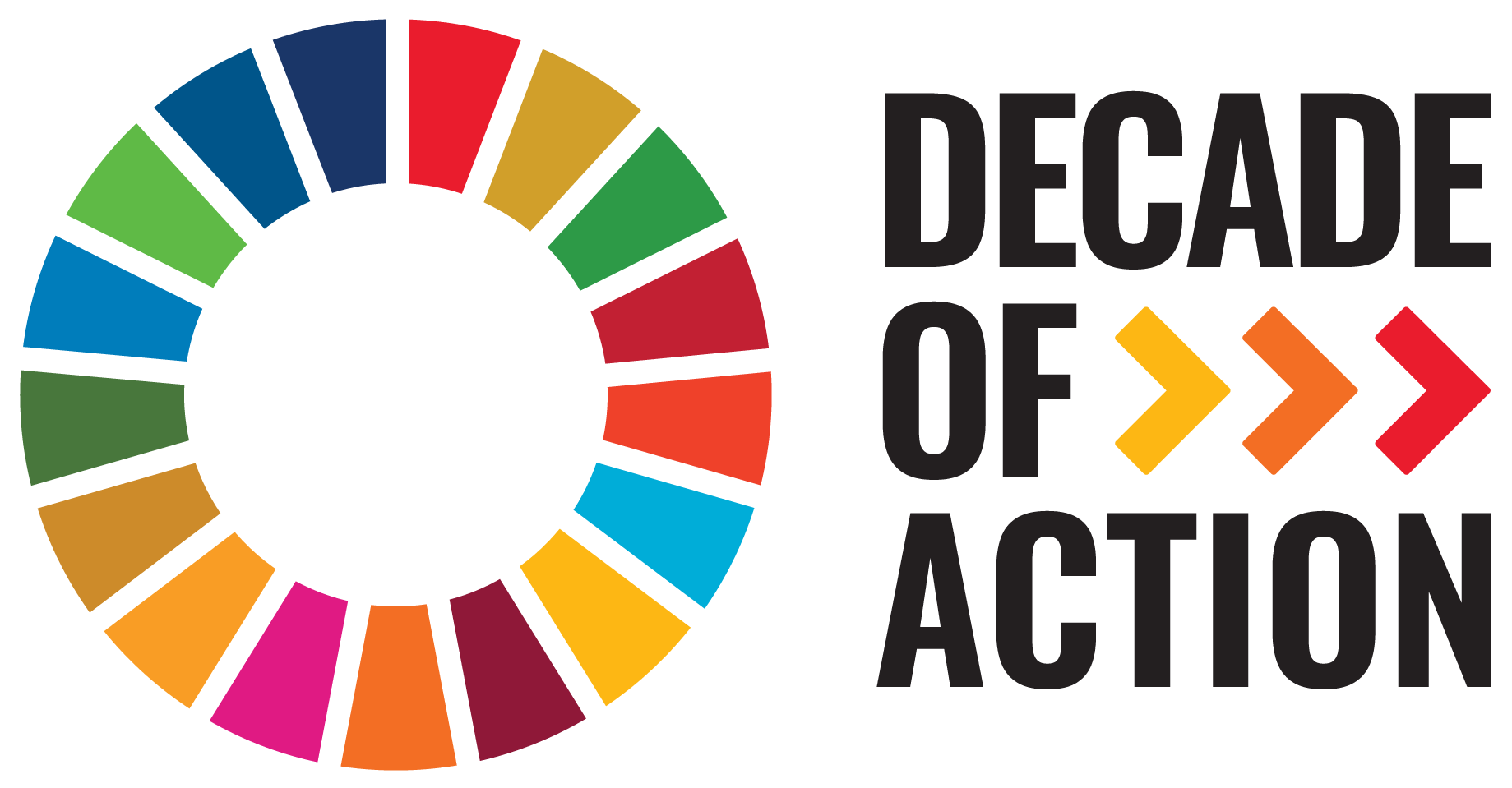Carbon Dioxide Capture and Storage

Date
2012Author
Intergovernmental Panel on Climate Change
Citation Tool
Bibliographic Managers
RT Generic T1 Carbon Dioxide Capture and Storage A1 Intergovernmental Panel on Climate Change YR 2012 LK https://wedocs.unep.org/20.500.11822/8690 PB Intergovernmental Panel on Climate Change (IPCC) AB TY - GEN T1 - Carbon Dioxide Capture and Storage AU - Intergovernmental Panel on Climate Change Y1 - 2012 UR - https://wedocs.unep.org/20.500.11822/8690 PB - Intergovernmental Panel on Climate Change (IPCC) AB - @misc{20.500.11822_8690 author = {Intergovernmental Panel on Climate Change}, title = {Carbon Dioxide Capture and Storage}, year = {2012}, abstract = {}, url = {https://wedocs.unep.org/20.500.11822/8690} } @misc{20.500.11822_8690 author = {Intergovernmental Panel on Climate Change}, title = {Carbon Dioxide Capture and Storage}, year = {2012}, abstract = {}, url = {https://wedocs.unep.org/20.500.11822/8690} } TY - GEN T1 - Carbon Dioxide Capture and Storage AU - Intergovernmental Panel on Climate Change UR - https://wedocs.unep.org/20.500.11822/8690 PB - Intergovernmental Panel on Climate Change (IPCC) AB -View/Open
Item Statistics
Display item statisticsMetadata
Show full item recordDescription
This Intergovernmental Panel on Climate Change (IPCC) Special Report provides information for policymakers, scientists and engineers in the field of climate change and reduction of CO2 emissions. It describes sources, capture, transport, and storage of CO2. It also discusses the costs, economic potential, and societal issues of the technology, including public perception and regulatory aspects. Storage options evaluated include geological storage, ocean storage, and mineral carbonation. Notably, the report places CO2 capture and storage in the context of other climate change mitigation options, such as fuel switch, energy efficiency, renewables and nuclear energy. This report shows that the potential of CO2 capture and storage is considerable, and the costs for mitigating climate change can be decreased compared to strategies where only other climate change mitigation options are considered. The importance of future capture and storage of CO2 for mitigating climate change will depend on a number of factors, including financial incentives provided for deployment, and whether the risks of storage can be successfully managed. The volume includes a Summary for Policymakers approved by governments represented in the IPCC, and a Technical Summary. The IPCC Special Report on Carbon Dioxide Capture and Storage provides invaluable information for researchers in environmental science, geology, engineering and the oil and gas sector, policymakers in governments and environmental organizations, and scientists and engineers in industry.
Collections
Document Viewer
To read more, scroll down below.
Related items
Showing items related by title, author, creator and subject.
-
Aviation and the Global Atmosphere
Intergovernmental Panel on Climate Change (Intergovernmental Panel on Climate Change (IPCC), 2008)This report provides accurate, unbiased, policy-relevant information to serve the aviation industry and the expert and policymaking communities. This report considers gases and particles such as carbon dioxide, methane and ... -
Climate Change 1992: The Supplementary Report to the IPCC Impacts Assessment
Intergovernmental Panel on Climate Change (Intergovernmental Panel on Climate Change (IPCC), 2012)March 1991. These tasks were: prediction of the regional distributions of climate change and associated impacts studies, including model validation studies -
Reducing Emissions from Deforestation: global mechanisms, conservation and livelihoods (2007)
United Nations Environment Programme World Conservation Monitoring Centre (UNEP, 2007)This briefing considers the implications for biodiversity conservation and local people's livelihoods of the current discussion on reducing emissions from deforestation in developing countries (RED-DC, henceforth RED) under ...




